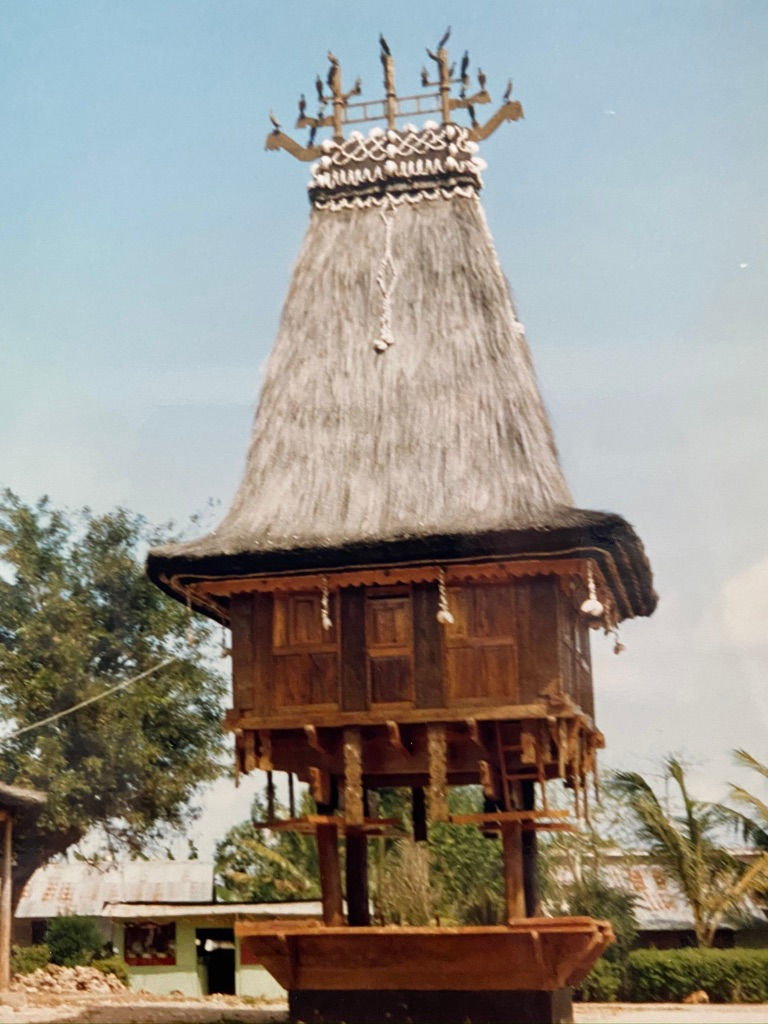Eastern Indonesia
- Jody Ferguson

- Mar 7, 2020
- 3 min read
Updated: Aug 4, 2020
Trying to do the country of Indonesia proper justice, even if you have several months to travel, is almost impossible. It is comprised of roughly seventeen thousand different islands, including half of two of the world’s largest islands, Borneo and New Guinea. Although I traveled from one end of the archipelago to the other (Merauke to Medan), the most lasting impressions and the places I would visit again were almost exclusively located in Indonesia’s eastern half. Most visitors travelling to Indonesia go to Jakarta and Bali, close to Singapore. But east of the Island of Komodo (yes, where the almost mythical dragons reside) sits a wonderful array of beautiful, rugged, underappreciated islands.

A Welshman by the name of Alfred Wallace —a contemporary of Charles Darwin—identified a line bisecting present-day Indonesia between western and eastern portions. The western half consists of flora and fauna that are distinctly related to those of the Asian mainland (tigers, elephants, primates, birds, etc.). The eastern half hosts flora and fauna that are native to Australasia. Borneo, which is west of the line and which I have written about previously, has orangutans and tigers. East of the line, on the island of New Guinea, for example, we saw tree kangaroos and giant ostrich-like cassowary birds. We visited Komodo and saw the infamous dragons, which reside only there and one other island (which they can swim to!). A native islander dispatched a goat and fed the fresh kill to a group of the dragons. We watched in awe as they devoured it in minutes. As the ten-foot beasts were sated, we were able to get a closer look at them. I attach two photos that I took. To show that I was not up on a platform, one of the photos shows a group of men sitting nearby a dragon strolling by.
The island of Sulawesi (formerly known as Celebes) is an interesting study as a crossroads of cultures. The island is roughly as large as Oklahoma. It has the largest Christian population in Indonesia, although Muslims do make up the majority on Sulawesi (the primary religion of Indonesia being Islam). But the native animist (Aluk) influence retains a strong hold on both religious groups. In the southern portion of the island is a region called Toraja Land, famous for its unique thatched buildings (photo accompanies).

The Christians of Toraja celebrate festivals with animal sacrifices (water buffalo), and they bury their dead in the open on cliffsides (see photo of the two young girls). Further to the east are the Spice Islands, including the largest, Ambon. The scuba diving there and off northern Sulawesi is world-class, and the reefs are still mostly untouched. Indonesia also sits on the Pacific ring of fire, and the number of active volcanos sits at 127. On the island of Flores, we hiked to the rim of the dormant volcano Keli Mutu, which is famous for the technicolor lakes in its two craters.
East Timor, once a Portuguese colony, is known for its strong political independence and the devout Catholicism of its inhabitants. It erupted into civil war in the early 1990s (months after I had visited) and was able to achieve its independence from Indonesia. The island had hardly any infrastructure, so after an arduous overland trek when we reached the eastern tip (see photo of friends waiting on the pristine shore), we hitched a ride with a fishing boat that took us back to the western half of the island. Dolphins accompanied us for a large portion of our four-day sail. We ate a lot of fish and rice on that trip (you can see the crew preparing a meal in one photo).

The islands were uniformly breath-taking, covered by dark verdant mountains, electric green paddies, lush jungles, rushing streams, and rich red soil. I have not even begun to describe the beautiful plants, flowers, birds, animals, and fish we saw on a daily basis. The locals were friendly, and curious. The travelling was often tough, but it was well worth it.



















Comments